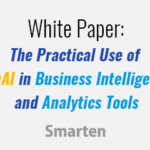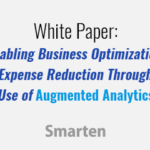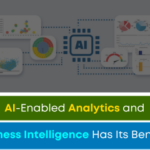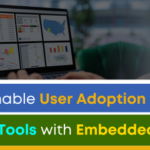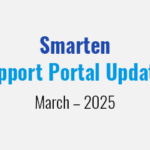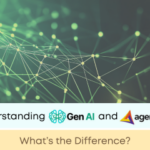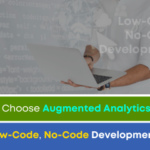Can Predictive Analytics Provide Accurate Results for My Business Without Burdening My Users?
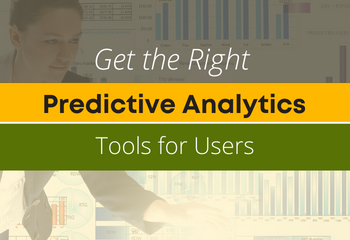
If your business is struggling to forecast and predict outcomes and results, your management team is probably considering predictive analytics. The technology research firm, Gartner, states that, ‘50% of data scientist activities will be automated by artificial intelligence, easing the acute talent shortage.’
For the average team member, the concept of predictive analytics may seem daunting and, if you are a business user whose management team has asked you to embrace and participate in analytics, the addition of predictive analytics to your day-to-day business processes may seem irrelevant or it may seem to mean you will be expected to work harder or produce more output. But don’t be too quick to assume the worst.
‘By providing this type of expanded functionality to the team, the business can enable both data scientists and business users with predictive analytics that will benefit the organization.’
Let’s take a look at Predictive Analytics, the benefits of Assisted Predictive Modeling and its importance in the organization and how intuitive augmented analytics can help business users achieve their goals without requiring advanced training or additional workload.
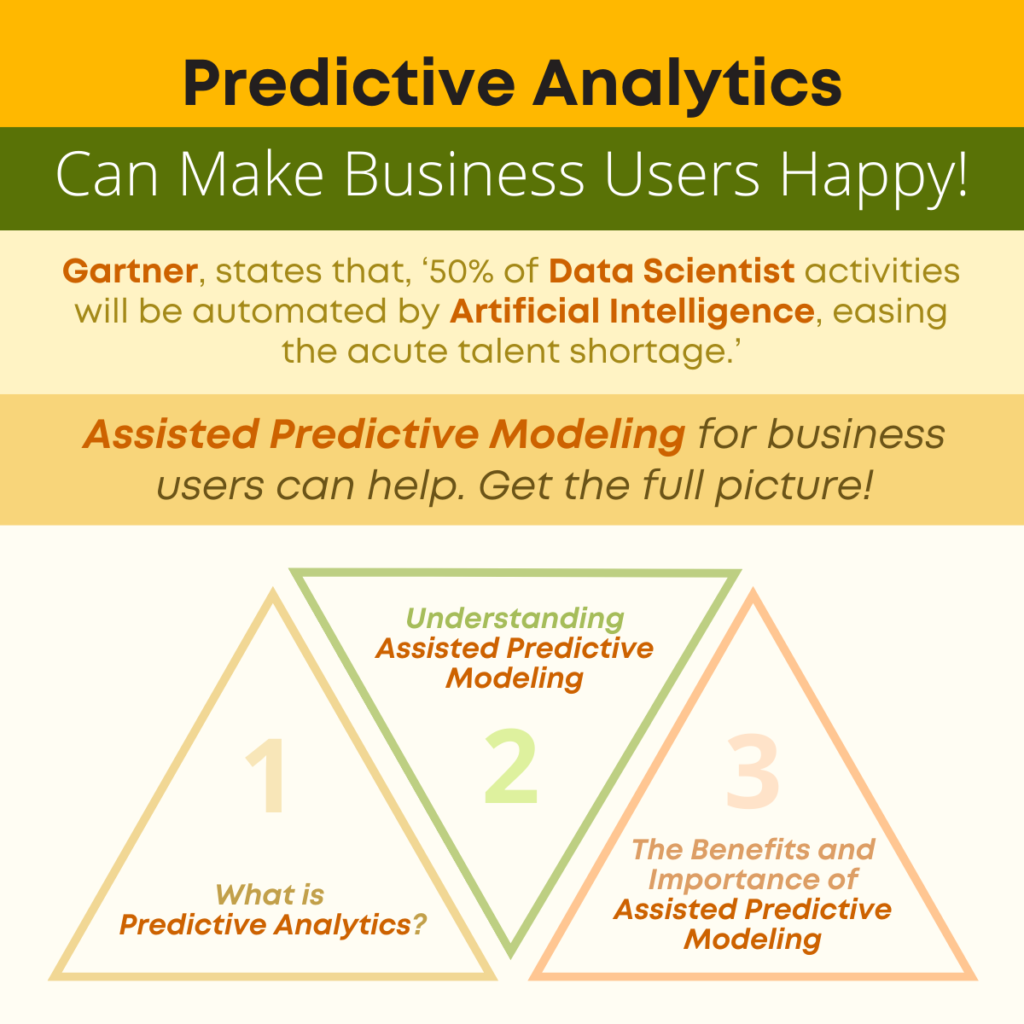
What is Predictive Analytics?
Predictive analytics is comprised of sophisticated analytical methodologies that allow businesses to predict future outcomes based on historical data. Using these techniques, the organization can predict future events, customer buying behaviors, and business outcomes. Predictive Analytics utilizes various techniques including association, correlation, clustering, regression, classification, forecasting and other statistical techniques.
Understanding Assisted Predictive Modeling
When a business provides augmented analytics tools for business users, it allows the team to perform predictive analytics on a daily basis without the assistance or skills of a Data Scientist or an IT professional. Assisted Predictive Modeling provides auto-suggestions and recommendations to guide business users with recommended techniques, selecting the most appropriate techniques for the type and volume of data the user wishes to analyze. If the business chooses an augmented analytics tool with intuitive predictive modeling features, it allows users to work quickly and receive clear, concise results for decision-making so user adoption of the tools is more likely and forecasting and predictions are accurate and timely. All popular predictive modeling techniques are incorporated into the solution, so users have access to the most sophisticated predictive analytics and tools and can use these tools to model and review business use cases and issues.
The Benefits and Importance of Assisted Predictive Modeling
These tools allow the organization to apply predictive analytics to real use cases to analyze customer churn, to target customers, to identify cross-selling and product bundling, to find and set appropriate price points, to forecast where and when to open new locations, when the business will need new suppliers, when equipment will require maintenance, etc. A comprehensive augmented analytics solution also includes the benefit of integration with R Script, so that data scientists can capitalize on expertise and leverage enterprise investments in R open-source platforms, to perform statistical and predictive algorithms, and complex analysis to provide the depth of detail and advanced analytics and reporting the organization needs for strategic decision-making. By providing this type of expanded functionality to the team, the business can enable both data scientists and business users with predictive analytics that will benefit the organization, encourage collaboration and data sharing, and improve data literacy – all without increasing workload or frustrating users and team members.
‘Intuitive assisted predictive modeling and augmented analytics can help business users achieve their goals without requiring advanced training or additional workload.’
Find out more about Assisted Predictive Modeling and Augmented Analytics and explore the potential of comprehensive Predictive Analytics here. Find out how it can improve user adoption of analytics and increase accuracy of forecasting and results.



